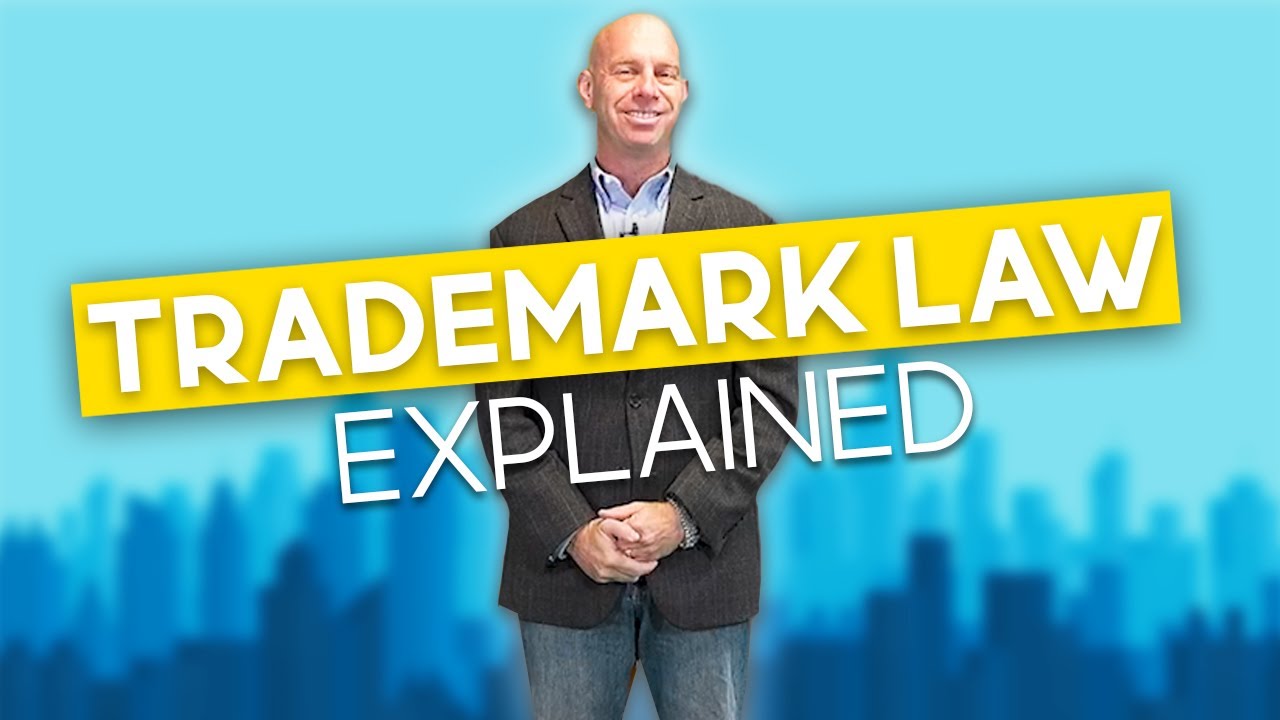
Trademark & Copyright Registration
Trademarks serve a dual purpose.
First, trademarks protect customers. Trademarks assure customers of the quality of the product they purchase.
Second, trademarks protect brands. If your brand’s mark is on a product and another seller provides counterfeit goods with your mark, you may bring legal action against that seller and recover damages.
Trademark Registration
Registration of your brand’s mark, on the whole, is not terribly difficult. The application is simple but the USPTO takes many months to respond. Be prepared to spend several months waiting after the initial filing before getting a response.
For a more in-depth discussion on trademark law, please review: Amazon Seller’s Guide to Trademark Law.
An overview of what sellers need to establish their trademark rights is below:
One of the key metrics by which every trademark application is judged by the USPTO is the scale of distinctiveness. The USPTO uses this to measure the protectability for the proposed mark.
In order of most to least protectable, they are:
- fanciful/arbitrary
- suggestive
- descriptive
- generic [3]
The marks at the beginning of the list are more likely to be approved due to their apparent meaninglessness. On the opposite end of the spectrum, generic marks are not protectable because they merely identify the product not the source of the product.
It may seem counter-intuitive, but the less your brand’s potential mark relates to the goods or services provided, the better. As an example, the mark “Apple”, would almost certainly be denied by USPTO for a fruit selling business. However, “Apple” for a technology company is highly protectable.
All registrations in the United States are made through the United States Patent and Trademark Office (USPTO). Any mark registered elsewhere is not entitled to protection in the US unless something is filed with the USPTO.
Common Law Trademark Rights
Trademarks do not necessarily need to be registered to entitle the brand to rights. However, it is much better to register for protection.
Unregistered trademarks can use the “™” symbol when used on a product. This lets the public know that albeit unregistered, there is a trademark on the product. Unregistered marks are entitled to “common law” rights. Rights in this category begin when the mark is created and actually used in commerce.
The drawbacks of common law rights when compared to registered trademarks include:
- Common law trademark rights only provide protection to the geographical area that use can be proven. Rights holders may be able to assert common law rights in every jurisdiction commerce was conducted via the internet. However, this may be difficult as some online platforms require registration with the USPTO.
- Common law trademark rights only apply to products to which the mark is applied.
- It is entirely possible that there is a Seller halfway across the United States who is using the same, or highly similar, mark as your brand’s that may also be unregistered.
In order to fully protect your brand, consider registering your brand’s mark with USPTO.
Once your brand’s mark is created, it’s time to register it. Depending on how close products are to market will determine which type of application your brand will register with.
There are two main types of registration that sellers will likely encounter:
First is the “actual use” or 1-A application. [7] This application is submitted to the USPTO when sellers are using their mark in commerce at the time of the application. 1-A applications, once granted, have a ten-year lifespan. However, between five and six-years, sellers must submit a declaration of continued use. Sellers may renew registration at ten-years. [8]
The second type of trademark registration sellers should be aware of is the “intent to use” or 1-B application. [9] This application is especially useful when the mark exists before it is ready to bring to market. 1-B applications have a lifespan of six-years. Within the six years the application may be changed to a 1-A, which would happen when the brand brings products to market.
Copyright Registration
A copyright serves to provide exclusive rights to the author of an original, creative work. The Federal Copyright Act lists that “literary works; musical works, including any accompanying words; dramatic works, including any accompanying music; pantomimes and choreographic works; pictorial, graphic, and sculptural works; motion pictures and other audiovisual works; sound recordings; and architectural works” may be copyrighted.
Copyright law exists to protect creators of original creative works. Generally, copyright is easier to obtain than a trademark. There is only one type of application, which is submitted to the U.S. Copyright office, and rights are immediately created once the work is made. Sellers do not have to file anything to obtain copyright protections.
A copyright exists automatically at the creation of an original work. As soon as an original idea evolves into a tangible form, it automatically gains the common law copyright protection regardless if it has been registered or not.
There are 6 basic protections automatically afforded under copyright; 1) to reproduce your work, 2) prepare derivative works, 3) distribute copies of your work, 4) to publicly perform your work, 5) to publicly display your work, and 6) to digitally transmit sound recordings of your work.
Copyright
Registration of creative works is extremely important for long term protection of your brand.
Without registration of your brand, you forgo the ability to invoke certain protections. For example, registration is a pre-requisite for filing an infringement suit. If another seller is found using your creative work, such as an original image on merchandise, sellers must have registered rights to file a lawsuit. Without it, options are limited.
Additionally, registration entitles the rights holder to statutory damages and customs enforcement. [5] If the copyright is registered, sellers can list it with the International Trade Commission (ITC). The ITC will stop infringing products from entering the country, thus preventing the dilution of your brand. Some online platforms also require submission of registered rights in order to take advantage of their proprietary brand protection tools. Sellers should register as quickly as possible in order to remain protected.
Registered Rights
 Most products have a superscript “Tm”, “R”, “C”, or “Sm” to indicate there are rights the seller has on the product, logo, or design. These are indicators that the image or words are registered copyrights, registered trademarks, or unregistered rights.
Most products have a superscript “Tm”, “R”, “C”, or “Sm” to indicate there are rights the seller has on the product, logo, or design. These are indicators that the image or words are registered copyrights, registered trademarks, or unregistered rights.
What is the point of registering these marks and images?
Registration is important in protecting your brand from others who want to steal your brand’s goodwill and customer base. These marks and rights are meant to assure the customer that the product they’re buying is from you, that it is a quality product rather than a cheap knockoff, and to protect your brand’s creative works.
Registering your brand’s marks allows you to stop other sellers from using your brand’s works or similar marks.
Registration of all marks can help your business and brand grow. Without registration of the mark, your brand is left open to attack.
Registering marks gives brands protection in every jurisdiction in the United States from the date of application. After using the mark continuously for five years it may become “incontestable.” This means that so long as the mark is being used after that initial five-year period, it cannot be attacked for mere descriptiveness. This usage creates conclusive evidence of the mark’s validity.
Having your brand’s mark registered also puts it into the national database, accessible through USPTO. If a search is done with terms relating to your brand’s mark, it should appear in the results. This serves as notice and as a warning to others that you own the mark. The database will also list the constructive use date; this may be the difference in determining who has priority ownership of the mark in question (whoever used it first will have the protections).
Registering Your Brand’s Intellectual Property
[1] 17 U.S.C. § 102 (2016).
[2] 537 F.2d 4 (2d Cir. 1976).
[3] Id. at 9.
[4] Id. at 10.
[5] CJ Rosenbaum, Esq., Anthony Famularo, Esq., Richard Cherpak & Levi Stewart, Amazon Seller’s Guide to Copyright Law, ch. 5, Why File for Copyright.
[6] 17 U.S.C. § 106 (2016).
[7] 15 U.S.C. § 1051 (2016).
[8] 15 U.S.C. § 1058 (2016).
[9] 15 U.S.C. § 1051 (2016).








